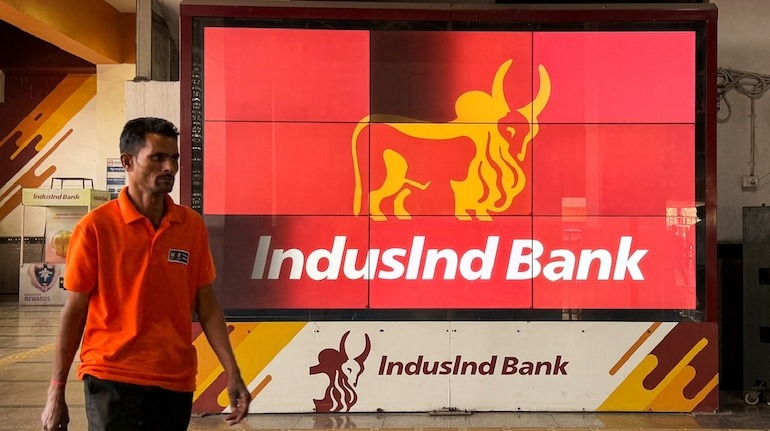
IndusInd Bank, India’s fifth-largest private sector lender, raised $2 billion (₹165.5 billion) in bulk deposits in March—marking its largest monthly inflow in over two years. This aggressive fundraising move came after the bank disclosed a $175 million discrepancy in its derivatives portfolio earlier this month.
The accounting irregularities triggered investor concerns, leading to a nearly 27% drop in IndusInd's share price and prompting a forensic audit by Grant Thornton.
Breakdown of March Fundraising Efforts
According to publicly available data from India’s clearing house:
Total Raised in March: ₹165.5 billion (~$1.93 billion)
Tenure of CDs: 3 months to 1 year
Interest Paid: Up to 7.90% on one-year certificates of deposit (CDs), 20 basis points higher than in February
Post-Disclosure Timing: 85% of the funds were raised after the disclosure of the accounting issue
Why the Shift to Bulk Deposits?
Bulk deposits—classified as deposits over ₹30 million—are less preferred due to their higher cost (20–150 basis points more than retail deposits). However, the urgency of the situation likely led to this move.
"By issuing CDs, the bank may want to shore up its overall deposit base and maintain higher liquidity to counter uncertainty on deposit withdrawals," said Karthik Srinivasan, Senior VP at ICRA.
He added that this move is also a confidence-building exercise to demonstrate the bank's liquidity strength.
RBI and Peer Bank Involvement
Despite the accounting lapse, the Reserve Bank of India (RBI) stated that IndusInd Bank remains well-capitalized and its financial status is satisfactory.
Sources also revealed that the RBI encouraged both state-run and private banks to subscribe to IndusInd’s CDs to support its liquidity position. The RBI has not officially commented on this as of now.
Retail vs. Bulk Deposits: A Shift in Strategy
As of December 2024:
Total Deposits: ₹4.09 trillion
Retail Deposit Share: 46%
Despite retail deposits being more stable and cost-effective, IndusInd Bank’s March bulk deposit mobilization was 3.5x higher than the previous month, far outpacing the industry average increase of 40%.
Read More: Izmo Limited Shares Turn Multibagger with Stunning 12200 Percent Return for Long Term Investors

 Share
Share



